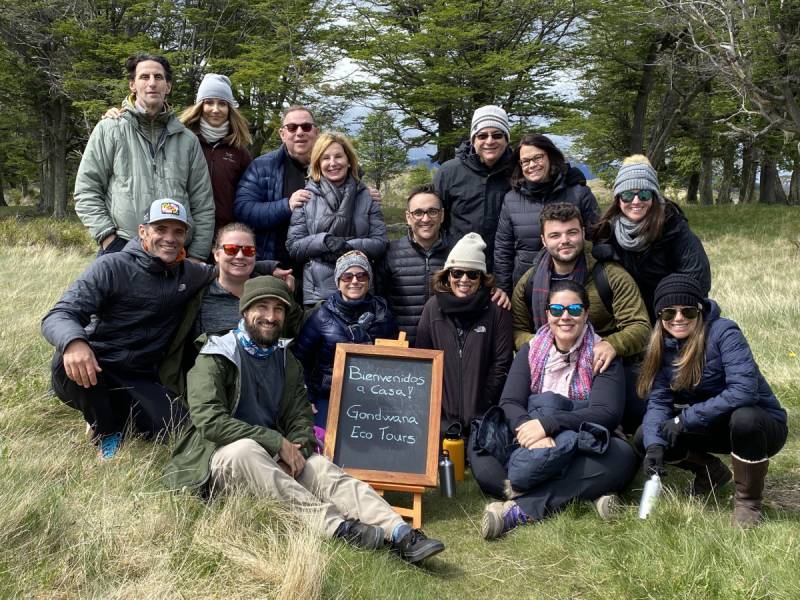The unique, fairytale-like feeling of walking through a rainforest can’t be replicated. Excitement hangs in the air and incredible wildlife encounters are around every corner. Visiting the swamps and subtropical rainforests of Louisiana is similar to visiting the Amazon rainforest. If the Amazon is on your bucket list, a trip to Louisiana is a great place to start!
What is a subtropical rainforest?
Rainforests cover 6 percent of the Earth’s surface, yet more than 50 percent of the world’s plant and animal species call them home. Subtropical rainforests have much in common with tropical rainforests regarding their climate and ecology, but they exist in different places.
The area between 20 degrees north and south of the Earth’s equator is known as the Tropics, and the area between the Tropics and the Poles is known as the Temperate Zone. There are subtropical rainforest climates at the border between the Tropics and the Temperate Zone. Subtropical rainforests are found in the Southern United States, Brazil, Argentina, Australia, Southeast Asia, and India. These regions are characterized by hot summers with abundant rainfall, similar to the year-round climate of a tropical rainforest. However, subtropical rainforests become cooler in the winter and the rainfall lessens.
Subtropical rainforests share characteristics of both tropical rainforests and temperate forests. The density of vegetation makes them stand out from temperate forests; they typically have thick vegetation that extends to a couple of feet above the ground. Subtropical forests also usually contain significant amounts of rivers, flooded woodlands, and wet grasslands, often called swamps.

Louisiana’s Habitats
Louisiana is a southeastern state known for its vast swamps and bayous. Much of Louisiana’s lands were formed from sediment that washed down the Mississippi River. These sediment deposits formed huge deltas and vast areas of coastal marsh and swamp. More than 40 percent of the U.S.’s wetlands are in Louisiana. Louisiana has rich, fertile soil and lush vegetation. With a subtropical climate, Louisiana is known for hot, humid summers with frequent rain showers and short, mild winters. The climate in the summer can be likened to the year-round climate in the Amazon rainforest.
Around half of Louisiana’s land area, 13.8 million acres, is covered by forests, 603,500 of which are National Forests. Louisiana’s forests provide important habitats for wildlife and opportunities for outdoor recreation and tourism.
Louisiana’s Wildlife
The subtropical rainforests of Louisiana are teeming with wildlife. Just like in the Amazon rainforest, iconic species are never far away. Elegant ibises stroll along the waters’ edge, numerous tree frogs live in the vegetation, and archaic paddlefish patrol the waterways.
Louisiana’s location makes it an important place for bird migration. The mild temperatures make it an important refuge for more northern species who spend the winters in Louisiana. And for those species who are flying even greater distances, the food-rich wetlands of Louisiana are important spots to stop and refuel during their long journeys.
Like the Amazon, the rainforests of Louisiana are home to species that cannot be found anywhere else. The Louisiana Black Bear is a great example. Classified as endangered until 2016, conservation efforts have helped the population return to healthy numbers.
The Alligator Snapping Turtle, the largest freshwater turtle in the country, can be found swimming and catching prey in Louisiana’s waterways alongside their cousins, the Common Snapping Turtle.
Keep your eyes peeled for American Alligators, too. They are one of the most iconic of Louisiana’s inhabitants. After almost being wiped out many years ago, they are now, once again, commonplace in the waterways.

The Atchafalaya Basin
The Atchafalaya Basin is the largest unbroken forested wetland in the United States, even larger than the Florida Everglades. The basin is a mosaic of wetlands and river deltas where the Atchafalaya River meets the Gulf of Mexico. The basin begins near Simmesport, LA., and spans 140 miles south. The area covers almost one million acres of hardwoods, swamps, bayous, and lakes.
The Basin’s thousands of acres of forest, waterways, and farmland are home to an array of wildlife, including the Louisiana Black Bear, around 65 species of reptiles and amphibians, over 250 species of birds, and more than 100 species of fish and aquatic life. The Basin is critically important for wildlife and contains the largest nesting concentration of Bald Eagles in the south-central United States.
If you’ve always wanted a rainforest experience, Louisiana will wow you with its wildlife, culture, and history. The atmosphere of the subtropical rainforests of Louisiana is the closest you can come to the Amazon, and you don’t even need to leave the U.S.! Let Louisiana transport you on this bucket-list trip.
Explore five captivating reasons to journey to Ecuador in this informative piece by Gondwana Ecotours, showcasing the wonders of the Amazon rainforest and the vibrant culture of the Galápagos Islands.
Resources

